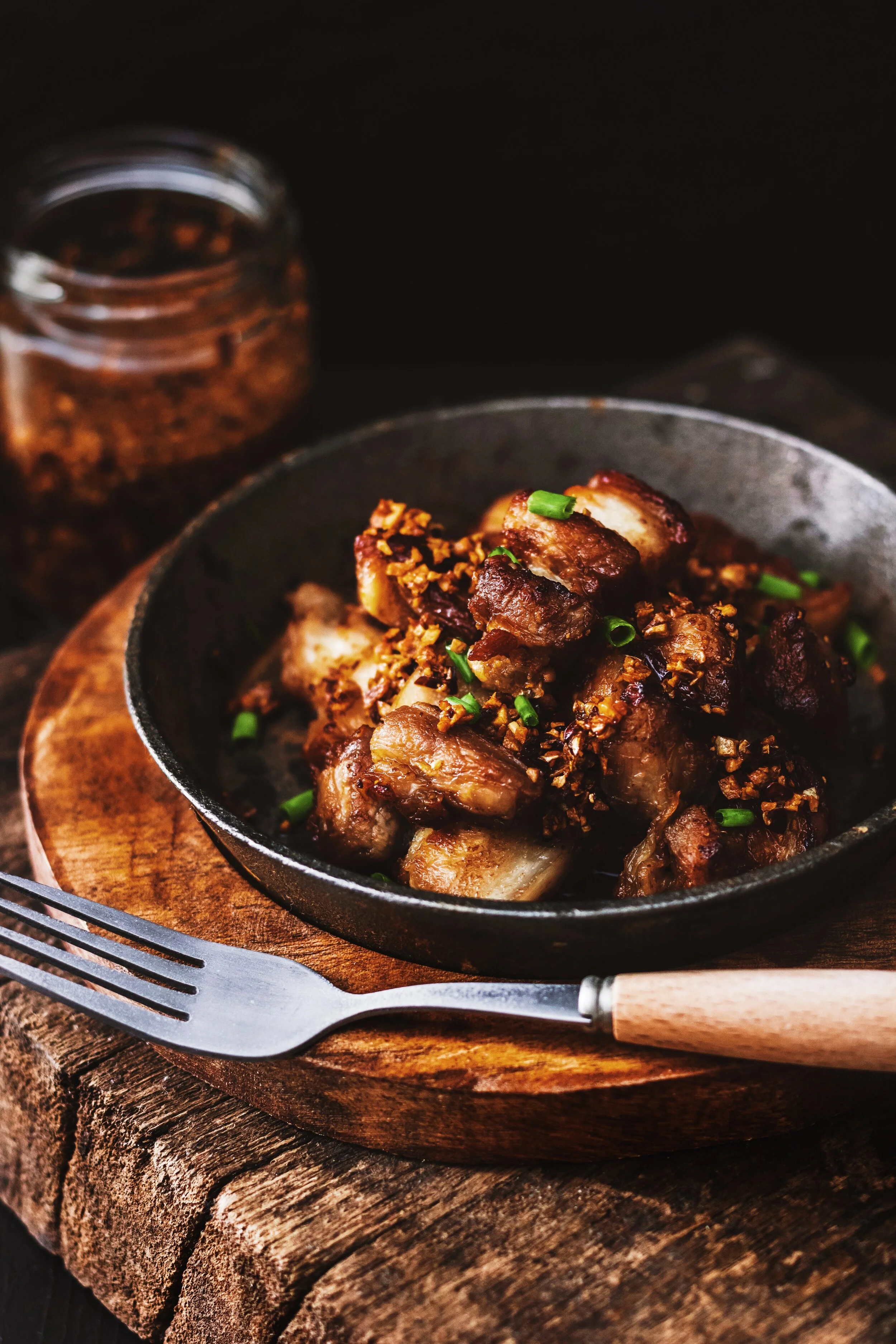
RECENT
Foods that you can eat on a Ketogenic diet
One of the most difficult aspects of a keto diet is knowing what you can and can’t eat. In this article we will outline some keto friendly foods. Some people see the keto diet as an excuse to eat meat and cheese all day long, but this is neither healthy nor sustainable. It is important to keep eating vegetables to ensure you are getting the vitamins, nutrients and fiber you need. Also it is possible for Vegans to follow the keto diet!
One of the most difficult aspects of a keto diet is knowing what you can and can’t eat. In this article we will outline some keto friendly foods.
Is it all meat and dairy?
Some people see the keto diet as an excuse to eat meat and cheese all day long, but this is neither healthy nor sustainable.
It is important to keep eating vegetables to ensure you are getting the vitamins, nutrients and fiber you need.
Many vegans assume a keto diet needs to be high in meat and dairy, and therefore a keto diet is not for them, this is not true, there are many vegan friendly keto options.
What does net carbs mean? Does fiber count?
If you’re going to start the keto diet, first you need to get the carbs out of your kitchen and replace them with some keto friendly options. But before you throw everything away it is important to first understand the difference between total carbs and net carbs.
While fiber is a type of carbohydrate it isn’t absorbed the same way as normal carbs, therefore it is okay to eat while on a keto diet. Fiber makes you feel full and keeps you regular. Many people report they experience constipation while on a keto diet, this is often because they aren’t consuming adequate levels of fiber. If counting carbs on a keto diet you should count “net carbs”, net carbs is total carbs less fiber.
Below is a list of some low “net carb”, keto friendly foods which you can safely eat to your hearts content.
okay so what can I eat?
Seafood
Seafood is a great source of Omega-3 fatty oils, vitamins and minerals. It is high in protein and low in carbs.
If you are pregnant or concerned about mercury, some fish which are lower in mercury include salmon, tilapia, shrimp, tuna, cod and catfish.
Non-starchy vegetables
Vegetables are a great source of fiber, antioxidants and essential nutrients.
However some starchy vegetables are high in carbs and should therefore be avoided (e.g., potatoes and squash).
Some low carb options include: Bell peppers (capsicum), kale, broccoli, cauliflower, asparagus, mushrooms, zucchini, spinach, lettuce, cucumbers,
brussel sprouts, celery, tomatoes, radishes,
onions, eggplant and cabbage.
Cheese
One of the great things about the keto diet is you can almost eat as much cheese as you want!
Hard cheeses are especially low in carbs, but soft cheeses are fine to eat too.
Cream
That’s right, real full fat cream is also fine to consume on a keto diet!
Just make sure it isn’t sweetened as some of the store-bought whipped creams are sweetened with sugar.
Dark Chocolate
A bit of dark chocolate is generally okay, but read the label as it can differ greatly.
Generally, the very high cocoa content (95% and 99%) chocolates have the least carbs.
Avocados
A whole average avocado weighs around 200 grams and contains 18 grams of carbs. However approximately 14 of these 18 grams are fiber, leaving only 4 grams of net carbs!
Meat
Meat and poultry are great sources of protein, vitamins and minerals.
It is best to eat grass fed meat which is higher in important vitamins and antioxidants than grain fed meat.
Eggs
Eggs are a great source of protein and vitamins.
Most of the nutrients are contained in the yolk of the egg, therefore it is important to eat the whole egg, not just the white.
Nuts and seeds
Nuts and seeds are high fat, low carb foods which are also high in fiber.
Particularly low in net carbs are Brazil nuts, Macadamias, Pecans, Walnuts, Chia seeds and flaxseeds.
Butter and oils
Butter is fine to eat on a keto diet, but best to avoid margarine which often contains preservatives and chemicals.
Olive oil and coconut oil are both excellent sources of fat while on a ketogenic diet.
Berries
Berries are high in fiber and low in net carbs, so unlike most fruit they are okay to consume on a keto diet. They are also a great source of antioxidants.
What is the ketogenic diet, does it work, how does it work, and is it safe?
The ketogenic (keto) diet is a low carb, high fat diet which is the new health food craze, but is it safe? And does it work? We examine some of the most recent scientific research to find out.
What is it?
The ketogenic (keto) diet is a low carb, high fat diet. Consuming low levels of carbohydrates forces the body to burn fats as the primary fuel source, this is known as ketosis. People following the keto diet usually try to limit carbohydrates to no more than 5% of their calories, fats account for up to 75% of their caloric intake and proteins approximately 20%.
Does it work?
For losing weight? In short, yes.
There are over 20 double-blind, placebo controlled studies showing that the keto diet, or at least a low carb diet is more effective than high carb, low fat diets for losing weight (1).
In addition, ketogenic diets lead to large reductions in blood sugar and insulin levels, this is believed to reduce inflammation and lead to a range of other health benefits including
Increased ATP and cellular energy (2)
Lowering risk of heart disease (3)
Protecting brain function (4)
Inhibiting growth in certain types of cancer (5) (6) (7)
Reducing seizures in epileptic children (8)
How does it work?
The body uses two sources of fuel to produce cellular energy, carbohydrates and fats. When we are consuming high levels of carbohydrates the body prefers this as a fuel source, and much of the fat we consume is stored for later use. However when the body does not have enough carbohydrate to burn the liver starts breaking down fats, via ketosis. This process converts the fat into ketones, which can then be consumed by the body as an energy source.
Leptin induced satiety
One of the main reasons people lose weight while on the keto diet is due to leptin induced satiety, that means you feel full after consuming fewer calories.
Leptin is a hormone produced in fat cells, which is responsible for telling your brain when the body has sufficient fat stores. High levels of leptin give the brain the signal that is has enough fat and can resume normal metabolic function. Low levels tell the body that it needs to conserve fat, thereby leading to hunger, reduced motivation to exercise and ultimately weight gain. By consuming more fats, you send more leptin to the brain, signaling that you are full, so you don’t feel as hungry (9) (10) (11) (12).
People with obesity have high levels of leptin but often have leptin resistance, therefore their brain does not respond to the increased levels of leptin (13). The consumption of a diet high in sugar seems to lead to leptin resistance (14). It has been suggested that the Keto diet can reset the leptin sensitivity in such people, while this may be possible there is not yet sufficient evidence to support the claim that the keto diet can reset leptin sensitivity.
Reduced food cravings
A second mechanism by which keto works is via insulin and dopamine. Dopamine is often referred to as the motivation hormone, the brain usually produces dopamine in response to a positive surprise however drugs such as cocaine also cause releases of dopamine. When consuming a high carb diet spiking blood sugar levels cause releases of dopamine. The consumption of carbohydrates also causes the level of insulin in the body to spike, insulin has been shown to amplify the effect of dopamine (15). Therefore leading to powerful food cravings. The keto dies reduces levels of insulin thereby reducing these dopamine induced food cravings.
Some studies have shown that even when total caloric consumption is equal, those following the low carb diet tend to lose more weight. However this could be due to the fact that lower muscle glycogen stores results in lower water retention (16) (17) (18).
Is it safe?
It has a positive impact on cholesterol
One of the main concerns about the ketogenic diet is its potential impact on cholesterol. However most of the evidence suggests the Keto diet has a positive impact on cholesterol. Firstly the keto diet tends not to raise LDL cholesterol and it appears to raise the level of “good cholesterol”, or HDL cholesterol. Higher HDL cholesterol levels are associated with lower risk of heart disease (19) (20) (21).
It reduces blood sugar
The keto diet may also be beneficial for diabetics. One study in type 2 diabetics found that the low carb diet drastically reduced blood sugar levels, and 90% of the participants were able to actually reduce their need for their diabetes medications (22).
While the keto dies has been shown in some studies to be beneficial for diabetes, anyone suffering from type 1 or type 2 diabetes should consult a doctor before starting a keto diet. For people with diabetes, ketosis can trigger a dangerous condition called ketoacidosis. This occurs when the body stores up too many ketones and the blood becomes too acidic, this can cause damage to the liver, kidneys and brain, in extreme cases it can be fatal.
Excess ketones can place a strain on the kidney and liver
As ketones are acidic excess production can place strain on the kidney and liver. For healthy people following a ketogenic diet the levels are not a concern however anyone with kidney or liver issues should consult a doctor before deciding to follow a keto diet.
Lastly the keto diet is not an excuse to eat bacon all day. A healthy Ketogenic diet includes lots of vegetables and lean sources of animal proteins. Make sure you follow a diet which is varied, and you are getting plenty of vitamins and minerals. Lastly as with all diets we suggest cycling on an off for periods throughout the year.
The next article in this series provides more information on what foods you can eat on a ketogenic diet.
References
1. https://www.healthline.com/nutrition/23-studies-on-low-carb-and-low- fat-
diets#section1
2. https://www.ncbi.nlm.nih.gov/pubmed/14769489
3. https://www.ncbi.nlm.nih.gov/pubmed/22905670
4. https://www.ncbi.nlm.nih.gov/pmc/articles/PMC2367001/
5. https://www.ncbi.nlm.nih.gov/pmc/articles/PMC1819381/
6. https://www.ncbi.nlm.nih.gov/pubmed/25666556
7. https://www.ncbi.nlm.nih.gov/pubmed/17313687
8. https://www.ncbi.nlm.nih.gov/pubmed/11581442
9. https://www.ncbi.nlm.nih.gov/pubmed/9771856
10. https://www.ncbi.nlm.nih.gov/pmc/articles/PMC2430504/
11. https://www.ncbi.nlm.nih.gov/pmc/articles/PMC3602984/
12. https://www.ncbi.nlm.nih.gov/pmc/articles/PMC3244537/
13. https://www.sciencedirect.com/science/article/pii/S0026049514002418
14. https://www.ncbi.nlm.nih.gov/pmc/articles/PMC2584858/
15. https://neurosciencenews.com/insulin-dopamine-levels-2934/
16. https://www.ncbi.nlm.nih.gov/pmc/articles/PMC538279/
17. https://www.ncbi.nlm.nih.gov/pubmed/17823420
18. https://link.springer.com/article/10.1007%2Fs11745-008-3274-2
19. https://www.ncbi.nlm.nih.gov/pubmed/15505128
20. https://link.springer.com/article/10.1007%2Fs11745-008-3274-2













